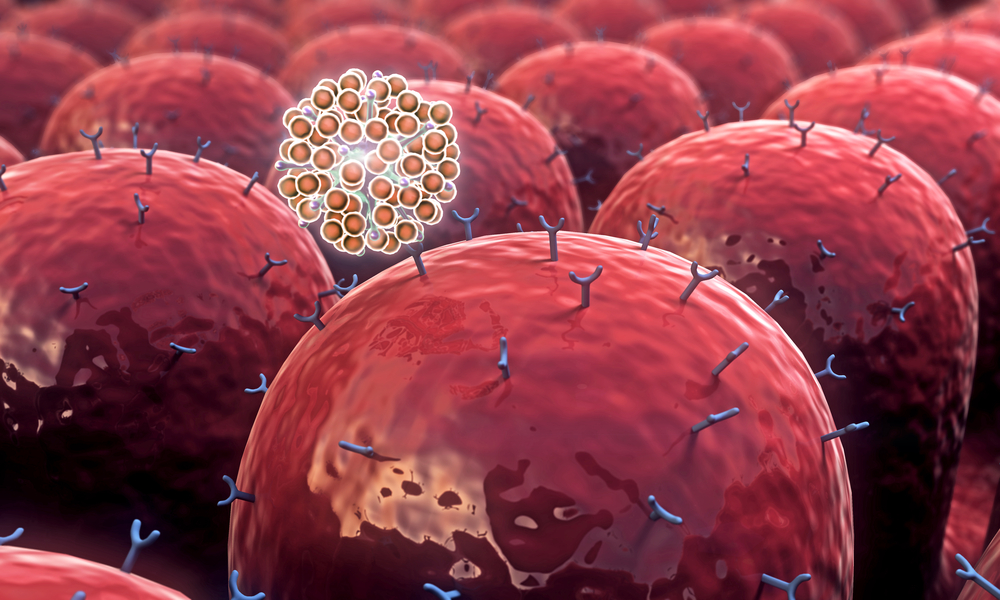In a recent review published in the World Journal of Gastroenterology, Li Zhang from the School of Biotechnology and Biomolecular Sciences, University of New South Wales in Australia, suggested some strategies to target the C. concisus and other oral Campylobacter, two species of bacteria that most studies have identified to be key to the development Inflammatory bowel disease.
Inflammatory bowel disease (IBD) is a group of chronic relapsing inflammatory diseases of the gastrointestinal tract. The cause of the condition remains poorly understood but is believed to occur in individuals with genetic predisposition when triggered by environmental factors.
Evidence has shown that microbes in the gastrointestinal tract play a key role in the development of IBD. Since the bacterial species that initiate the disease remain unknown, the treatment of IBD is mainly symptomatic, involving anti-inflammation and medication that suppress the immune system. Consequently IBD relapse is common and surgery is sometimes required.
As IBD is a group of diseases including Colitis and Chron’s Disease, it is important to identify initiators that are responsible for individual cases, enabling the development of treatment strategies suitable for individual patients to reduce the risk of relapse and surgery.
In the review titled “Oral Campylobacter species: Initiators of a subgroup of inflammatory bowel disease?” Li Zhang suggests that it is crucial for clinicians to aim at reducing the load of C. concuss and other Campylobacter species (Gram-negative, spiral, and microaerophilic bacteria) in the patients oral cavity using topical medications, because the oral cavity is the natural colonization site of C. concisus and a number of other Campylobacter species detected in the intestinal tissues of patients with IBD.
According to the author, the reduction of the load of C. concuss and other Campylobacter species in the oral cavity lessens the risk of these bacteria colonizing the lower parts of patients gastrointestinal tract.
The author also suggests that it is crucial to eradicate C. concisus and other oral Campylobacter species using antibiotics in patients with IBD, particularly in patients with frequent relapses and multiple surgeries.
Evidence from previous investigations have shown that C. concisus is not detected in saliva samples from IBD children who received treatment with metronidazole or ciprofloxacin for one month. However, C. concisus was detected in one study in most of saliva samples from IBD children who had received treatment with antibiotics two months prior before. Results from this study revealed the two antibiotics that were used in treatment of some cases of IBD, metronidazole and ciprofloxacin, only had inhibited the growth of oral C. concisus or eradicated it from the oral cavity temporarily.
In the review, the author further indicates the need to investigate an effective antibiotic therapy that can be used to eradicate C. concisus.
The author concluded that before using a specific antibiotic to treat patients with IBD, clinicians should examine whether the antibiotic induces C. concisus and other oral Campylobacter species to produce prophage toxins.

